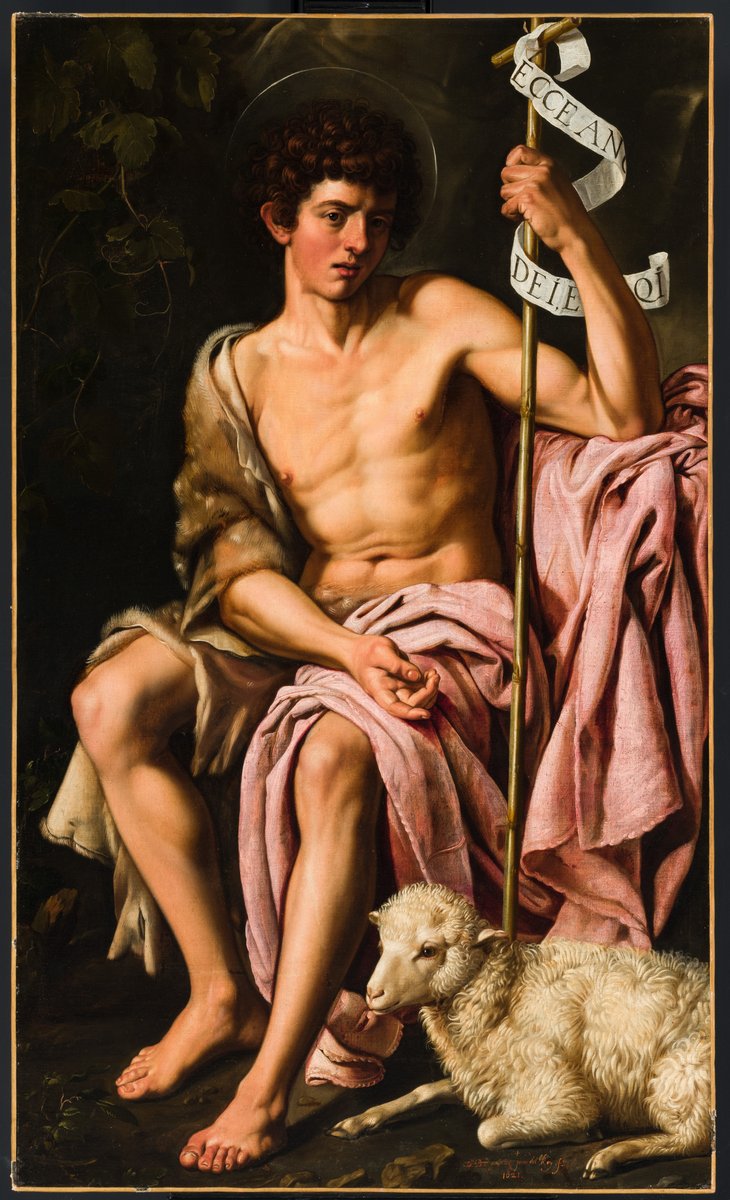
Saint John the Baptist
Old Master Paintings
| Artist | |
|---|---|
| Culture | Netherlandish |
| Date | ca. 1485 |
| Object type | painting |
| Medium, technique | oil on oak |
| Dimensions | 76.7 × 56.7 cm |
| Inventory number | 1336 |
| Collection | Old Master Paintings |
| On view | Museum of Fine Arts, First Floor, European Art 1250-1600, Cabinet 20 |
Gerard David was the last great master to practise the stylistic tradition of Early Netherlandish painting that originated with Jan van Eyck. This is a curious art, with a radically different approach to that of Italian contemporaries, who incidentally were enthusiastic admirers of Northern paintings; indeed, it was from these that they picked up the knack of painting with oils. But this technical innovation, which charmed onto the surface a vitreous shine like a transparent precious stone, is only one of countless means with which these pictures enchant the receptive viewer. The aesthetics of ‘small is beautiful’, the meticulous and affectionate execution of every minute detail of the depicted world, is what makes this refined style so vivid.
The jewelbox-like town of Bruges, where David settled as a young man, looks as if it were the essence of this tradition. Here worked the most eminent painter of the time, Hans Memling, whose elegant, courtly style exercised a decisive influence on the youth. As the cityscape visible in the background is enlivened with all manner of small details, so the story is enriched with all kinds of episodes, in order to bring the miracle closer to the viewer, that it be more directly experienced. For instance, the candle in Joseph’s hand reminds us that actually it is night, though the light radiating from the newborn shines bright as day over the landscape. The young shepherd in a yellow cape bears the painter’s own features.
Axel Vécsey
Pigler, Andor, Katalog der Galerie Alter Meister, 1-2. Museum der Bildenden Künste, Szépművészeti Múzeum, Budapest. 2, Akadémiai Kiadó, Budapest, 1967, p. 178.
This record is subject to revision due to ongoing research.